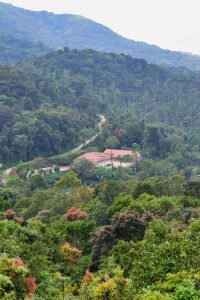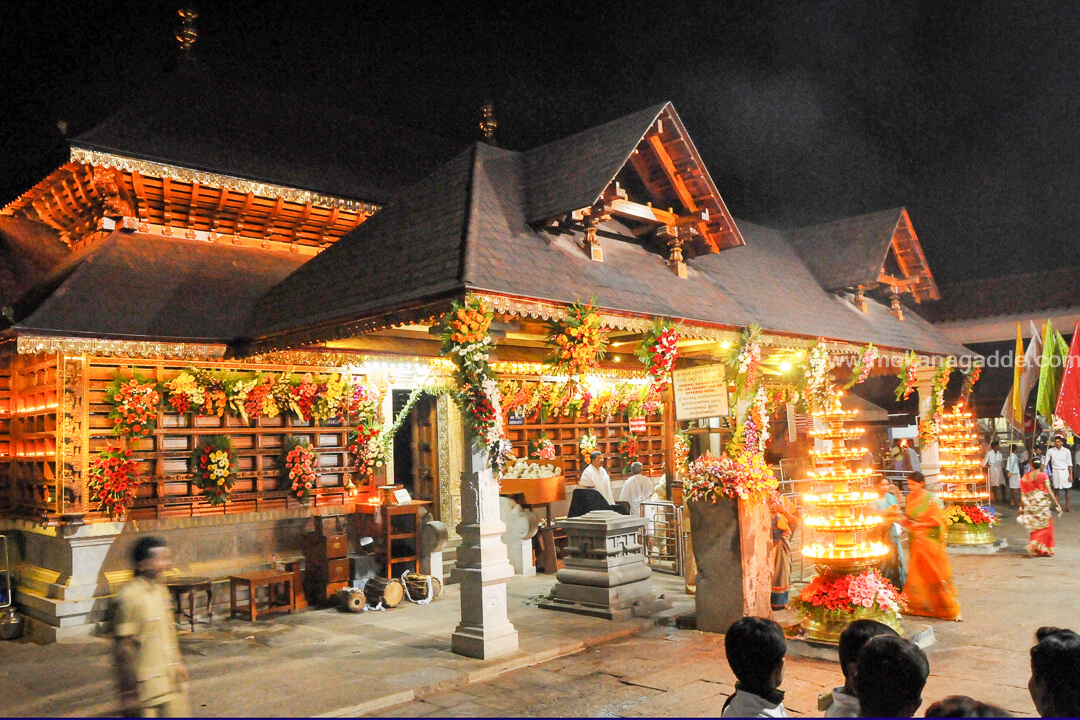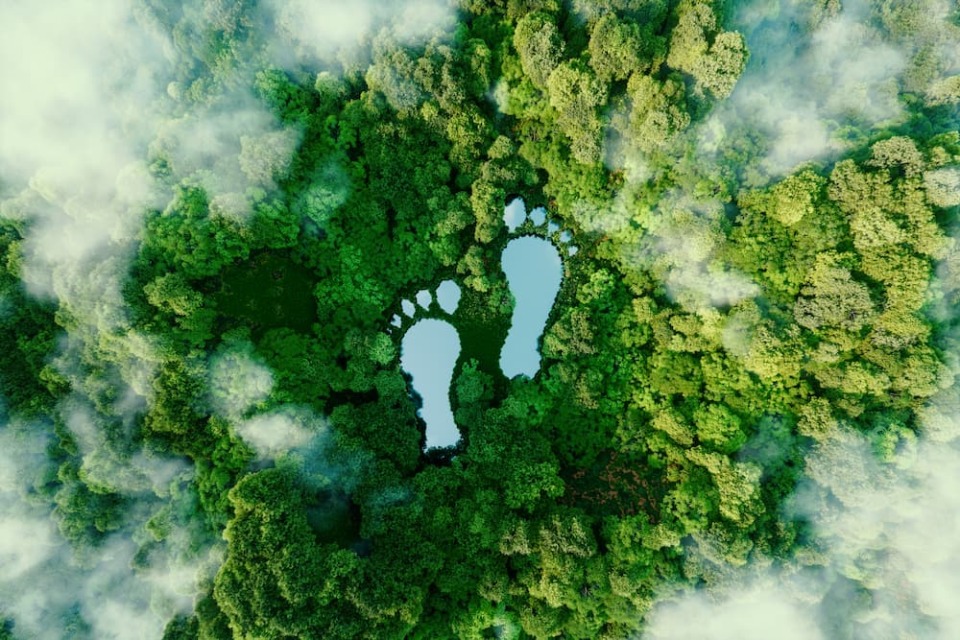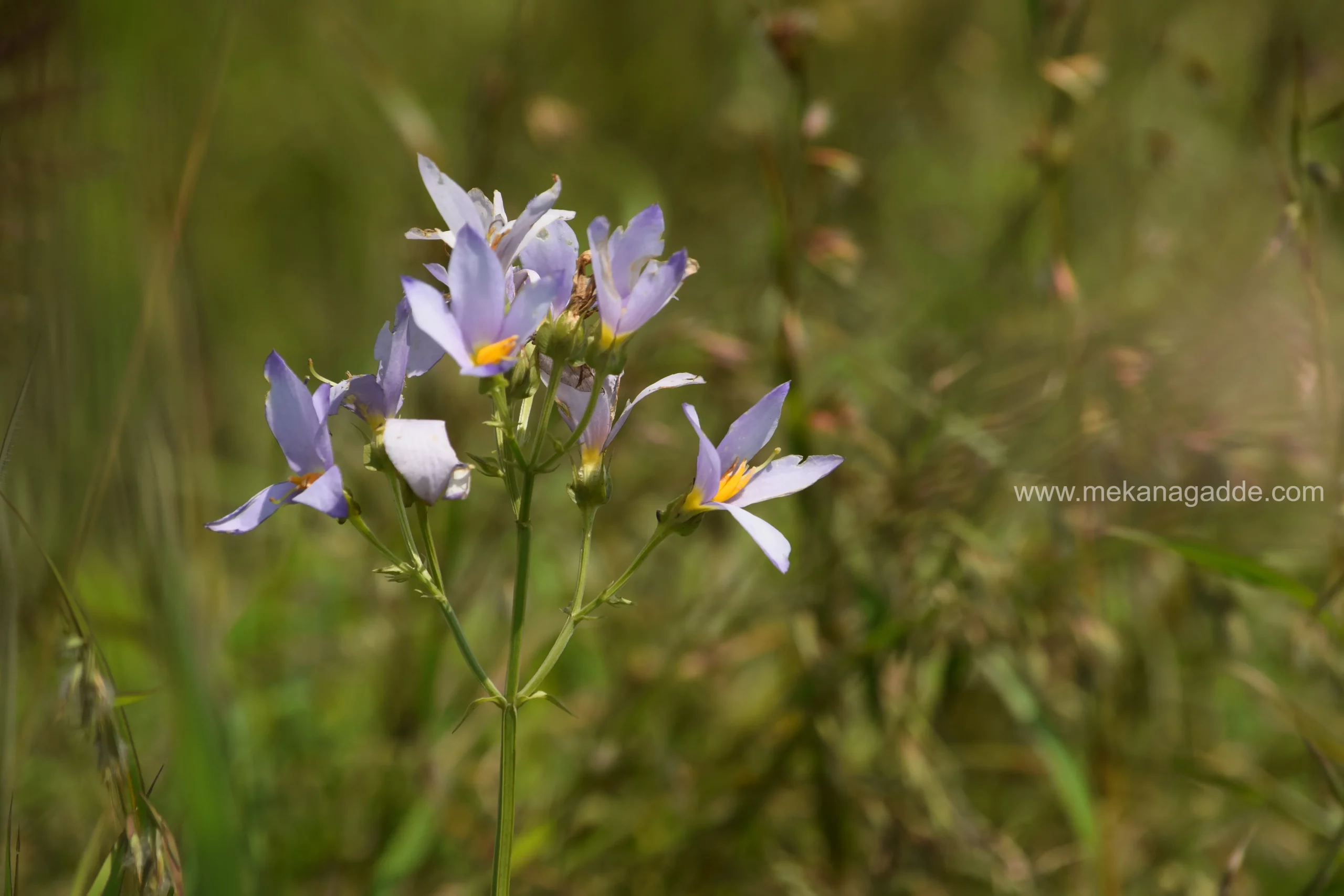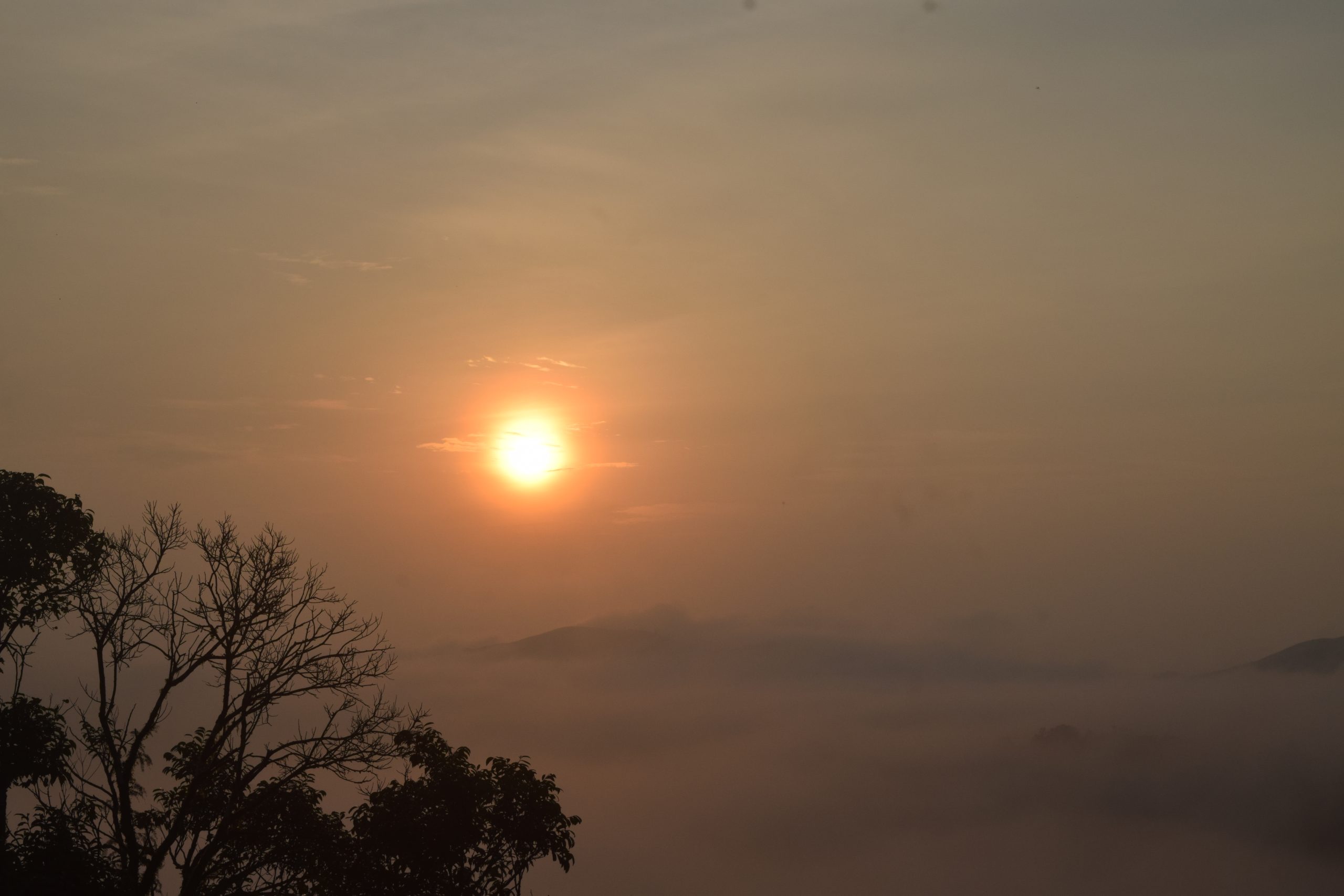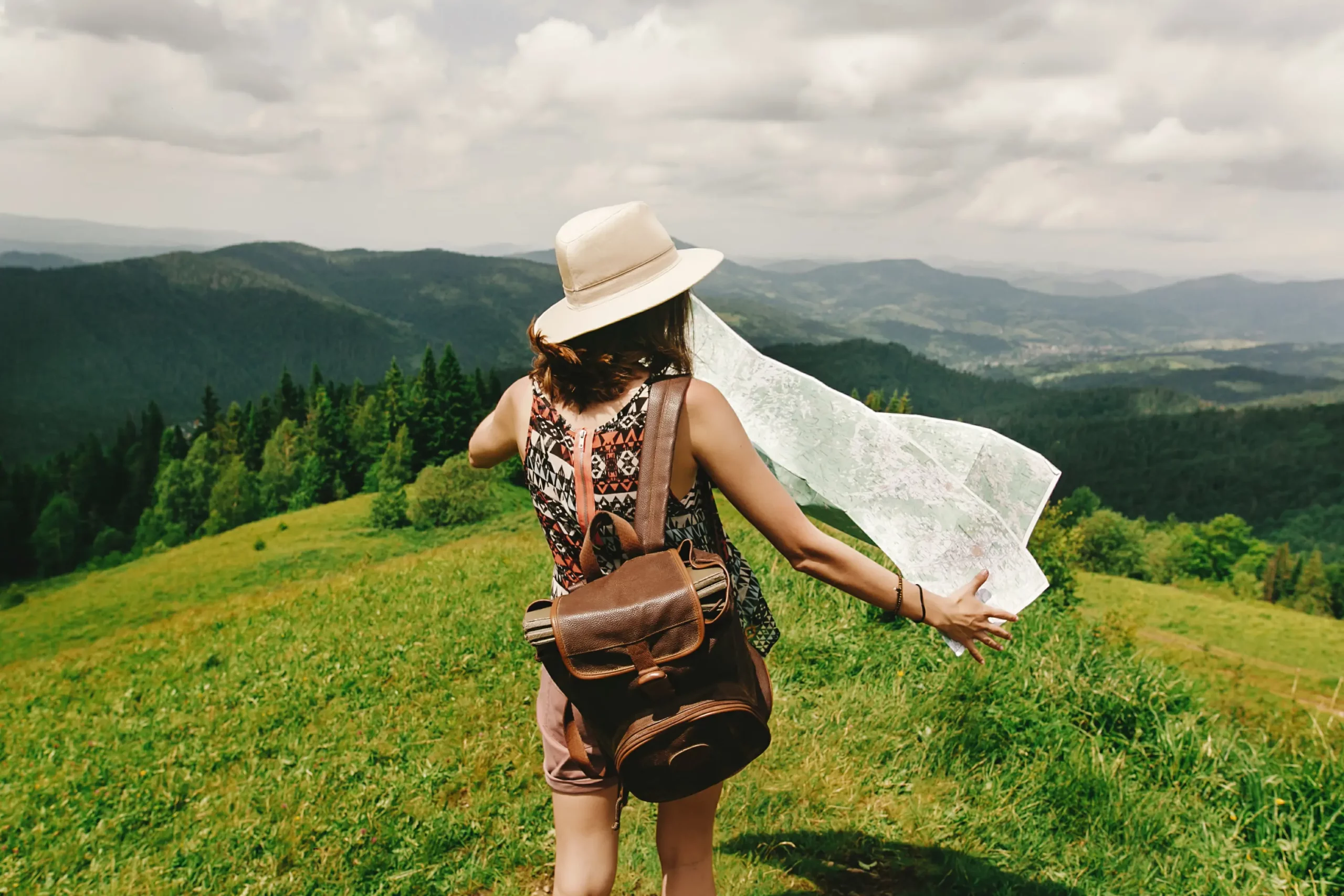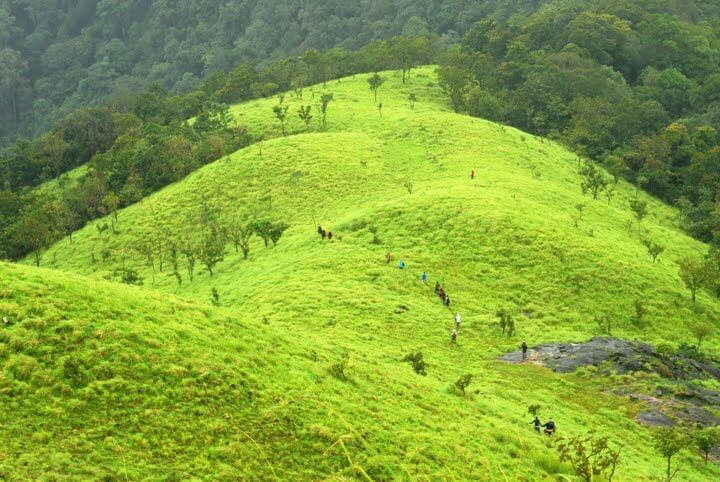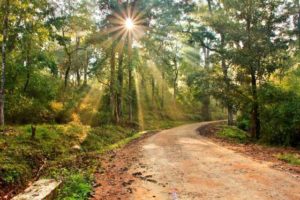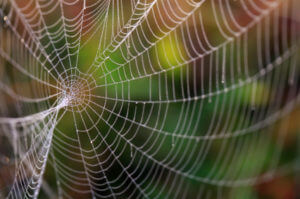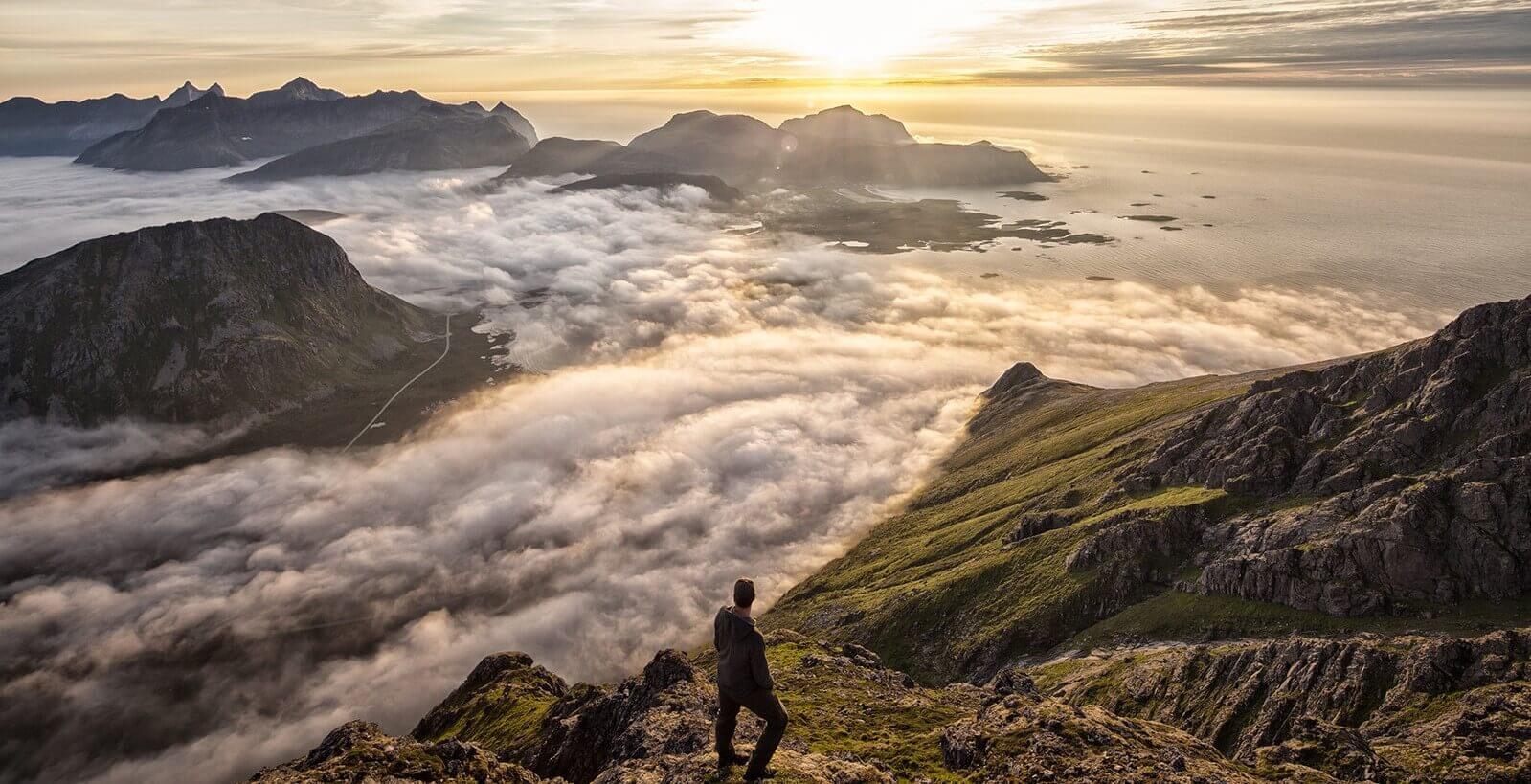Dharmasthala: A Spiritual Escape in Karnataka
Dharmasthala, nestled in the lush greenery of the Western Ghats in Karnataka, is one of the most unique spiritual destinations in India. It offers a harmonious blend of different faiths, historical richness, and scenic beauty, making it an ideal spot for spiritual seekers and travelers alike. Here’s a glimpse into the magic of Dharmasthala and why it should be on your travel list:
1. Temple of Lord Manjunatha
At the heart of Dharmasthala lies the Shri Manjunatha Swamy Temple, dedicated to Lord Shiva, worshipped here as Manjunatha. The temple is known for its beautiful architecture and serene atmosphere, where devotees can seek blessings and experience peace. What makes this temple unique is its inclusivity — although managed by a Jain family, the rituals performed are based on Hindu traditions, showcasing religious harmony.
2. Rituals and Piety
Dharmasthala stands out for its deep spiritual practices. Thousands of pilgrims visit the temple daily, participating in rituals, including the popular Annadanam (mass feeding). The temple serves free meals to devotees, symbolizing the value of service and generosity. The spiritual atmosphere here encourages introspection, reflection, and a deeper connection to one’s faith.
3. Bahubali Statue
A major attraction in Dharmasthala is the Bahubali Gomateshwara Statue, a towering 39-foot monolithic statue of Lord Bahubali, an important figure in Jainism. Located on a hillock, the statue overlooks the surrounding landscape and offers a serene spot for meditation. The climb to this sacred statue rewards you with a panoramic view of the Western Ghats and the Netravati River.
4. Cultural Legacy
Dharmasthala is not just a place of worship but also a center for cultural and educational activities. The Manjusha Museum showcases an impressive collection of ancient artifacts, including temple chariots, antique manuscripts, and paintings, offering a glimpse into the region’s historical legacy. The Shri Kshetra Dharmasthala Rural Development Project (SKDRDP) is another example of the temple’s commitment to social upliftment, focusing on rural development, education, and healthcare.
5. Religious Harmony
One of the most inspiring aspects of Dharmasthala is its embodiment of religious harmony. The temple trustees are from the Jain community, but the deities and rituals are Hindu, while the charitable acts encompass people of all religions. This inclusiveness makes Dharmasthala a powerful symbol of unity and spiritual tolerance.
6. Scenic Beauty and Calm
Surrounded by hills and rivers, Dharmasthala offers more than just spiritual enrichment. The area’s natural beauty makes it a peaceful retreat for those looking to escape the hustle and bustle of city life. Whether it’s taking a walk along the riverbanks or exploring the verdant landscape, Dharmasthala is a place where nature and spirituality go hand in hand.
7. Festivals and Celebrations
Dharmasthala hosts several important religious festivals, including Laksha Deepotsava, where the temple is lit with thousands of lamps. The festival is a grand celebration of light, signifying the triumph of good over evil. Another important event is the Maha Nadavali, an annual fair that attracts devotees from across the region.
How to Reach Dharmasthala:
- By Air: The nearest airport is Mangalore International Airport, around 65 km away.
- By Train: The nearest railway station is Mangalore Junction, from where buses and taxis are available.
- By Road: Dharmasthala is well-connected by road, with regular bus services from Mangalore, Bangalore, and other nearby cities.
Best Time to Visit:
The ideal time to visit Dharmasthala is from October to March, when the weather is pleasant for both spiritual activities and sightseeing.
Dharmasthala is not just a destination for religious rituals but a place where faith, service, and serenity come together. Whether you are seeking a spiritual escape, cultural immersion, or just a peaceful retreat amidst nature, Dharmasthala offers an experience like no other in Karnataka.
Best homestay for spiritual and nature escape
